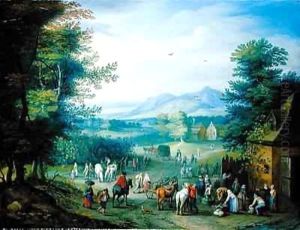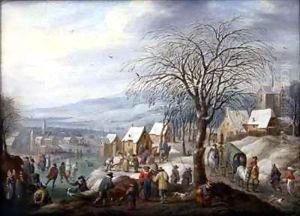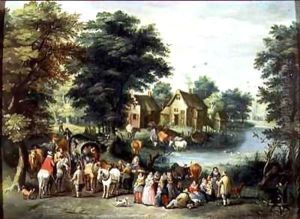Charles Beschey Paintings
Charles Beschey was a Flemish painter, born in Antwerp in 1706. He was part of a family of artists, with his brothers Balthasar Beschey and Carel Beschey also being painters. Charles was primarily known for his history paintings and landscapes, which were influenced by the Italianate style popular during his time. His work often featured classical and biblical subjects, rendered with a keen attention to detail and a harmonious use of color.
Beschey was trained under the tutelage of his older brother Balthasar, who was a history and portrait painter. Charles's style was also influenced by other prominent Flemish artists of the period, such as Gaspar de Crayer. In 1727, he became a master in the Antwerp Guild of Saint Luke, which was an important milestone in his career as it signified his professional recognition as an artist.
Throughout his career, Charles Beschey remained active in the Antwerp art scene. He took on students and apprentices, contributing to the perpetuation of the Flemish painting tradition. His landscapes and history paintings were collected by art connoisseurs of the time and continue to be studied for their representation of 18th-century Flemish art. Charles Beschey's death occurred in 1775, in Antwerp, where he spent most of his life and career.


